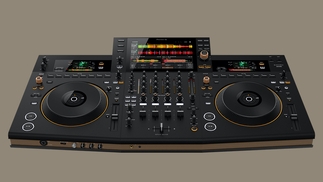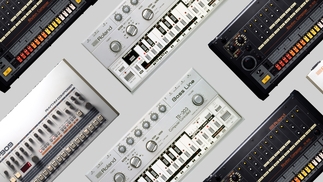The Studio Build: Tips on how to soundproof your own studio
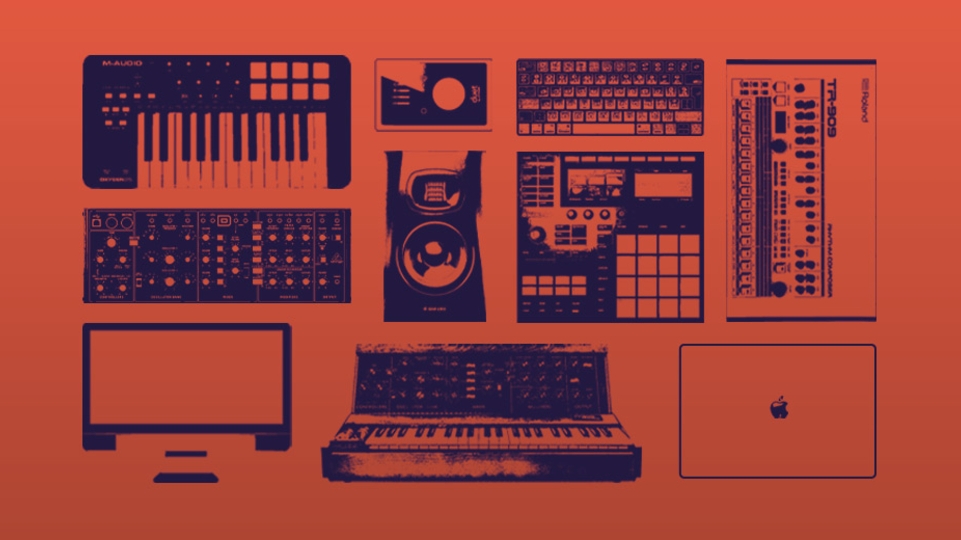
We look at ways DJs and producers can build and equip their own personal studios, from basic furniture to all the marvellous bits of technology and equipment that come in handy for creating great music...
When looking at professional studios you may have noticed that the surrounding walls often have some sort of acoustic panelling on and around them in order to make the room acoustically sound for listening and recording applications. These panels serve a number of purposes, with the ultimate aim to balancing any sound issues that are present in the room and create a neutral-sounding space for production and recording purposes. Reflections, bass boom, reverberation; all these things are typical of a space that hasn’t been built specifically for recording, which is generally the majority of rooms that we use – bedrooms, spare rooms, garages etc. In order to cut down on these unwanted acoustic side-effects, the best thing to do is treat the room.
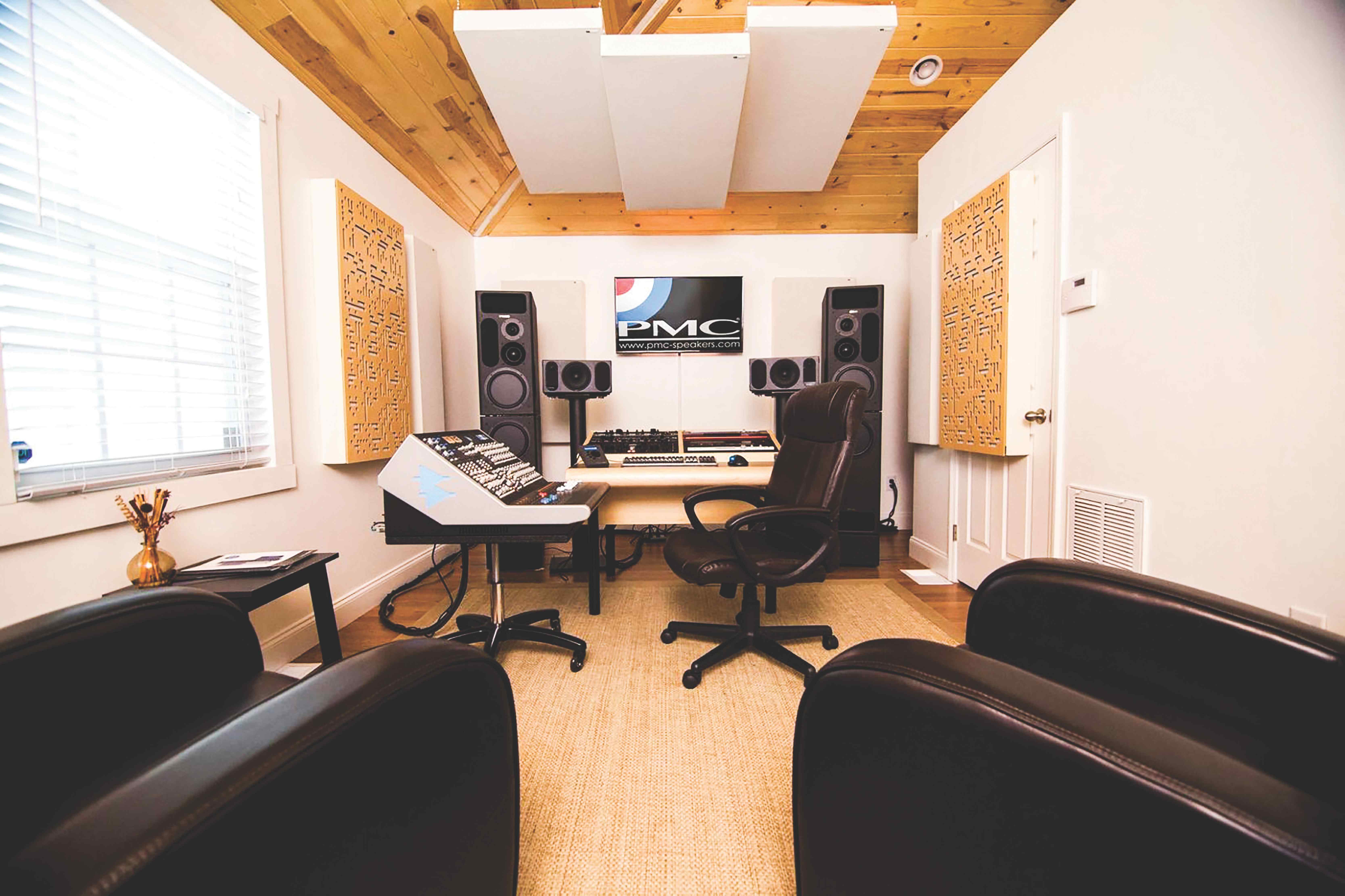
This can be done in a number of ways, from the basic to the advanced. We’re going to take a look at a few of these options and explain how you can use them in your set-up to improve on the sound you’ve already got and make your room acoustically better for the job in hand. At the basic end of the scale, anything that absorbs sound can potentially be used – in the days before electricity (well, not quite that long ago) inventive producers would use egg tray boxes and place them strategically around the room, covering the walls. This was a very basic technique but it worked and would help improve the sound of the room. Nowadays this drastic DIY attempt is rarely seen but sound absorption panels are an option that won’t cost too much and are very good at taming the sound of a ‘wild room’. This is a quick, easy and effective way to start treating your room and the panels can be bought online or at wellequipped DIY stores.
Of course, there are purpose-made panels that can be purchased to do the same thing. Companies like GIK Acoustics, Auralex and Artnovion offer a range of panels and kits to treat rooms. The panels all serve various purposes – bass traps, for example, will aid in killing the bass in a boomy room and are usually placed in the corner or behind the speakers. Others will absorb soundwaves, cutting down on echo in the room, while others offer diffusion to help spread sound evenly. All these steps and approaches will offer a good way to getting your room sounding better, and in turn improve your mixes. These approaches will also make the audio coming from your speakers sound better, as what you’ll be hearing will be tighter and more accurate.

At the other end of the scale you can employ a company to undertake the project of making your room acoustically sound. GIK Acoustics offer a great service where you send them the dimensions of your room and supporting photography and they will come up with a range of options that can be used in treating your studio space. We spoke to Lukas Rimbach — a sound technician from GIK — about getting our room to sound better and the consultation and recommendations were very in-depth. GIK came up with options to work around our budget to get the room sounding as good as it can. Their website offers free advice, as well as an online form to get the ball rolling.
We’ve heard many DJs and producers talking about replacing their speakers as they didn’t sound right, but more often than not it isn’t the speakers where the problem lies but the room acoustics. Sorting these out first and foremost will not only improve the acoustics of your room but may save you money, as the need for spending cash on a more expensive monitor system will be averted.

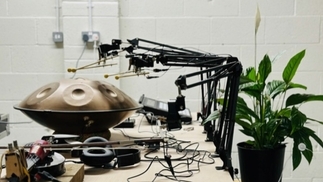
![Screenshot of [untitled] app interface](/sites/default/files/styles/djm_23_323x182_jpg/public/2023-09/untitled-app-music-new-1400x700.jpg?itok=pro0ZaB4)
